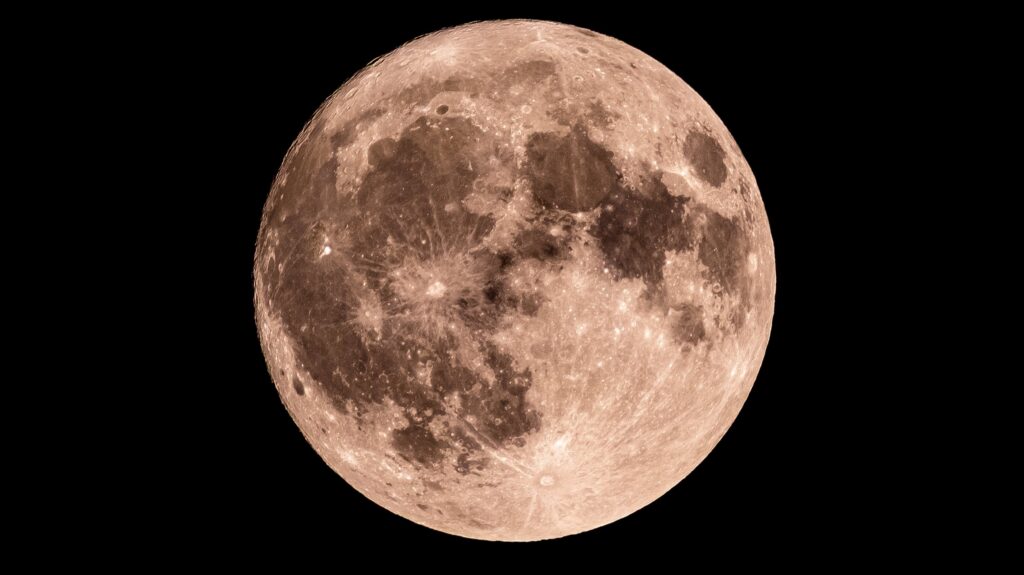
On July 6, 2025, skywatchers will witness a Waxing Gibbous moon phase, with 83% of the moon illuminated, according to NASA’s Daily Moon Observation. This phase marks day 11 of the lunar cycle, bringing us one step closer to the Full Moon on July 10. The moon’s visibility changes nightly due to its position relative to Earth and the Sun, a phenomenon known as the lunar cycle.
The lunar cycle, a series of eight distinct phases, spans approximately 29.5 days. The moon’s appearance from Earth varies as different portions are illuminated by the Sun during its orbit. On this particular night, observers can expect to see notable features such as the Mare Vaporum, Mare Imbrium, and Mare Crisium with the naked eye. Those equipped with binoculars might also spot the Alps Mountains and the Archimedes and Alphonsus Craters. A telescope will reveal even more, including the Rima Ariadaeus and sites of Apollo missions 14 and 16.
Understanding the Lunar Cycle
The moon’s phases are a result of its orbit around Earth, which alters the angles between the Sun, Moon, and Earth. This cycle determines how much of the moon’s surface is illuminated and visible from Earth. Despite always facing the same side of the moon, the portion lit by the Sun changes, creating the phases we observe.
The phases include the New Moon, Waxing Crescent, First Quarter, Waxing Gibbous, Full Moon, Waning Gibbous, Last Quarter, and Waning Crescent. Each phase offers a unique view of the moon, contributing to the rich tapestry of lunar observation that has fascinated humans for centuries.
A Closer Look at Waxing Gibbous
During the Waxing Gibbous phase, more than half of the moon is illuminated, yet it is not fully visible. This phase is significant as it leads up to the Full Moon, a time when the entire face of the moon is visible. The Waxing Gibbous phase is a favorite among astronomers and enthusiasts alike, offering a clear view of the moon’s surface features.
“The Waxing Gibbous phase is a time of anticipation, as the moon grows brighter each night, leading up to the full display of the Full Moon,” says a NASA spokesperson.
Historical and Cultural Significance
The lunar phases have not only scientific importance but also cultural and historical significance. Throughout history, civilizations have used the moon’s phases to guide agricultural practices, religious ceremonies, and timekeeping. The Full Moon, in particular, has been a symbol of celebration and mystery in many cultures.
The Waxing Gibbous phase, while less celebrated, plays a crucial role in the lunar cycle. It represents growth and progression, themes that resonate with many cultural narratives. Understanding these phases enhances our appreciation of the moon and its impact on life on Earth.
Looking Ahead
As we approach the Full Moon on July 10, skywatchers are encouraged to observe the changes in the moon’s appearance. The transition from Waxing Gibbous to Full Moon offers a dynamic view of our closest celestial neighbor. With advancements in technology, observing the moon has become more accessible, allowing people worldwide to connect with this ancient cycle.
Whether you’re an avid astronomer or a casual observer, the moon’s phases offer a window into the workings of our solar system. As we continue to explore the moon’s mysteries, each phase provides a unique opportunity for discovery and wonder.







